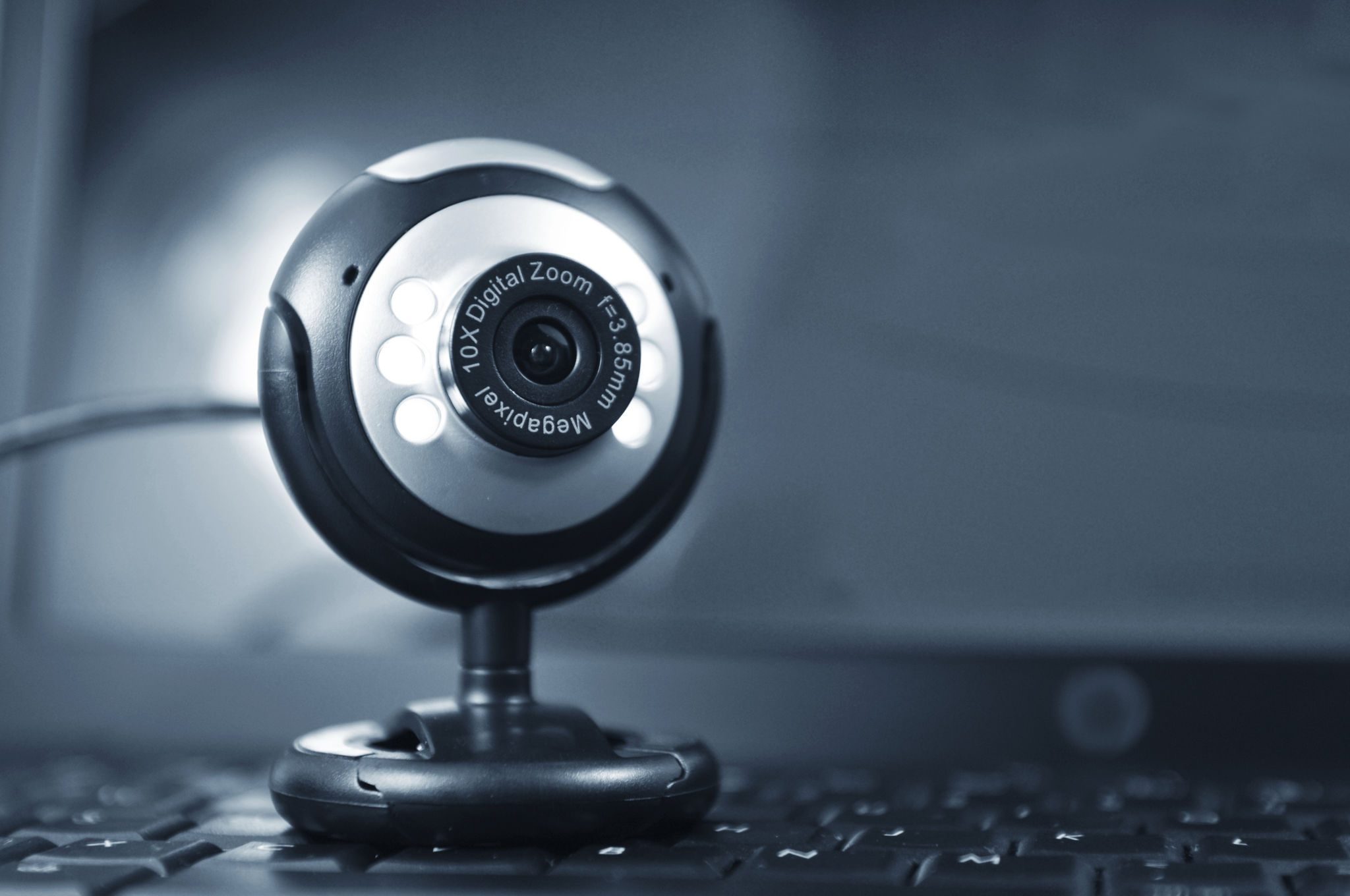Myths and Facts About Photography: Debunking Common Misconceptions
Introduction to Photography Myths
Photography is a fascinating art form that has continued to evolve with technology. However, with this evolution comes a plethora of myths and misconceptions that can mislead both amateur and professional photographers. In this blog post, we will explore some of the most common myths about photography and reveal the facts behind them.
Myth: You Need an Expensive Camera to Take Great Photos
One of the most pervasive myths in photography is that only expensive cameras can produce high-quality images. While it's true that high-end cameras offer advanced features, it's not the equipment alone that makes a great photograph. A skilled photographer can capture stunning images with a smartphone or a basic camera. The key lies in understanding composition, lighting, and timing.

The Role of Composition
Composition is crucial in photography, regardless of the camera used. Elements like the rule of thirds, leading lines, and framing can significantly enhance a photo's appeal. By mastering these techniques, photographers can elevate their work without relying on expensive gear.
Myth: Editing Is Cheating
Another common misconception is that editing photos is equivalent to cheating. In reality, post-processing has always been part of photography. Even in the film era, photographers used darkroom techniques to adjust exposure and contrast. Today, digital editing allows photographers to enhance their images, correct imperfections, and bring their creative vision to life.
Understanding the Purpose of Editing
Editing should not be about altering reality but enhancing what was captured. Adjusting brightness, contrast, or color balance can help convey the intended mood or highlight specific elements within a photo. It's a tool to refine and perfect rather than deceive.

Myth: Natural Light Is Always Better
While natural light can create beautiful photographs, believing it's always superior is a misconception. The quality of light varies depending on factors such as time of day and weather conditions. Sometimes, artificial lighting like flashes or studio lights can offer more control and consistency.
Exploring Different Lighting Techniques
Understanding how to manipulate both natural and artificial light can expand a photographer's creative possibilities. Techniques such as using reflectors, diffusers, or even combining different light sources can dramatically improve photo quality.
Myth: More Megapixels Mean Better Quality
Many people believe that a camera with more megapixels automatically produces better images. While megapixels play a role in image resolution, they are not the sole determinant of photo quality. Factors like sensor size, lens quality, and image processing capabilities are equally important.

The Importance of Sensor Size
A larger sensor can capture more light and detail, resulting in better image quality, especially in low-light conditions. Understanding these technical aspects can help photographers make informed decisions when choosing equipment.
Conclusion: Embracing Creativity Over Myths
Photography is an art that thrives on creativity and experimentation. By debunking these common myths, photographers can focus on honing their skills and expressing their unique perspectives. Whether you're just starting or looking to refine your craft, remember that the best camera is the one in your hands—combined with a keen eye and an open mind.
